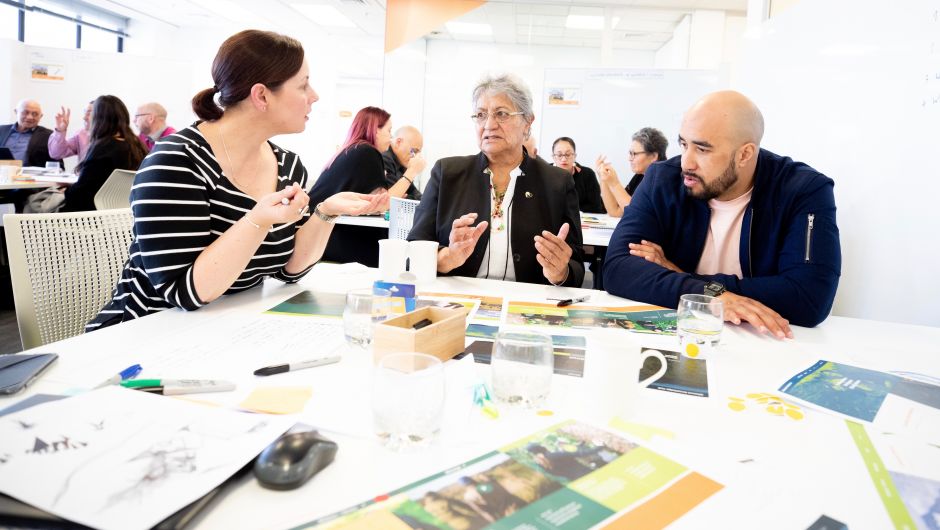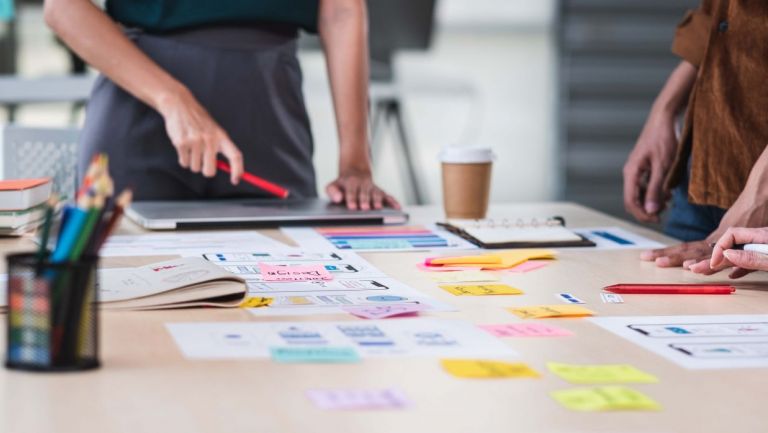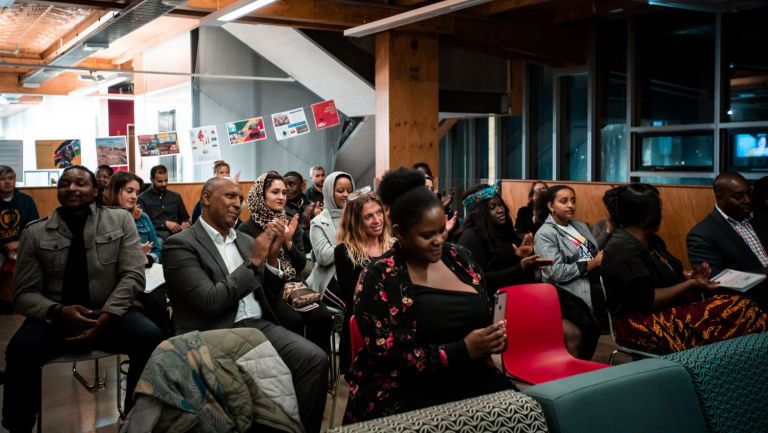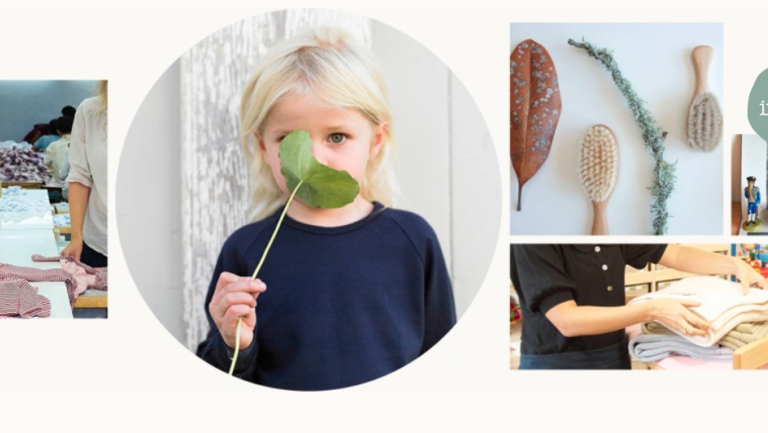Sign up for our monthly newsletter
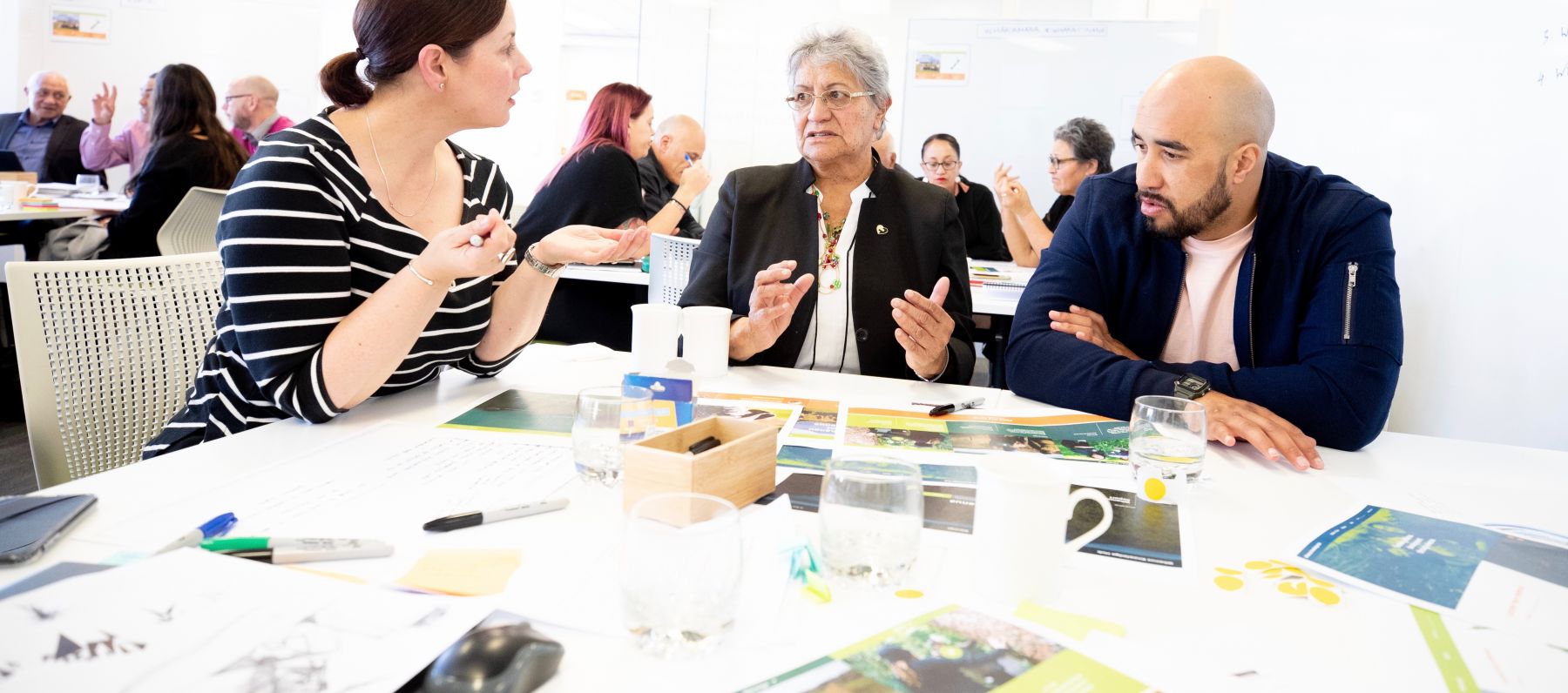
Unlocking the potential of Māori land ownership
Since 1840 Māori land ownership in New Zealand has dropped to 5.5 per cent - about 1.5 million hectares, divided into 27,000 land blocks.
Land (whenua) is considered taonga tuku iho (cultural property, heritage) and of special importance to Māori.
Within this context, many whānau (family networks), hapu (wider family networks), and iwi (tribes) are looking for ways to ensure their land is used in a way that meets their economic, social, environmental and cultural aspirations.
In 2011 a Māori Land Visualisation Tool to assist Māori land owners with basic land resource information was launched. But unlocking the potential of Māori land requires an understanding and application of Māori values, assets (taonga), governance and decision-making. That is, it’s not as straight forward as putting things online.
THE CHALLENGE
For Blair Waipara, Whenua Development Programme Lead at Te Puni Kōkiri, the opportunity to unlock this potential lies with the knowledge and skills of mana whenua , the Māori landowners themselves.
He has experienced and see first-hand the results of value-based whenua management to support Māori whānau to thrive
“On the surface this may look like a land management issue. But it’s more than that. It’s an opportunity to change lives of whānau – connect them to their land, restore whakapapa (lineage through to the land) and build futures that have economic sustainability, whānau and mana woven in”.
A Whenua Knowledge online hub is one of the key initiatives of the Whenua Māori Programme. Its purpose is to give Māori landowners, trustees and whānau the most up-to-date and trusted information about their whenua to support their planning, investments and aspirations.
For the hub to make a difference, Waipara says, it needed to be co-designed.
“We need to involve Māori people in the Whenua Knowledge Hub development process. It’s for them, so it needs to work for them. Our job is to understand their needs."
OUR RESPONSE
Building quick prototypes for critical parts of the digital hub was key to this fast-paced approach. So was testing them with Māori land owners in a way that made them feel comfortable to speak honestly, and feel listened to.
A Core Design Team made up of Te Puni Kōkiri, Ministry of Justice Māori Land Court and ThinkPlace was established. We aligned our existing knowledge, and tabled our assumptions about what Māori landowners needed to meet their whenua aspirations.
From here we dove straight into prototype development, reaching out to our networks to invite a wide range of Māori landowners to user reference group sessions.
How we did it
Māori landowners gave feedback on our initial prototypes. User reference group attendees represented a wide spectrum of experience and engagement land ownership – from kaumatua and kuia (elders), to rangatahi (young people), to professionals and those with emerging experience of managing their whenua.
We presented rough examples of tools and features of a possible online hub and noted participants’ reactions, questions and feedback. We were particularly interested in understanding what Māori landowners would be seeking, why this was important, and what would give them confidence to use the online tools.

After each User Reference Group the Core Design Team reviewed and made sense of what we heard. The Māori landowner insights informed prototype changes validations. High-level commonalities – the key concepts and values formed the digital hub foundational principles.
Finally, we refined new knowledge into presentable and focused visual information, ensuring that Te Puni Kōkiri was well-prepared for the next stage of the digital online hub development including:
- Principles and frameworks to design the online hub in a way that will authentically represent the needs of Māori landowners
- Information architecture based on a structure that makes sense to users and meet their expectations
- Key features that will enable Māori landowners to confidently move towards their whenua aspirations
- Digital and human services integration recommendations so that gaps in the Māori landowner whenua development experience are avoided
The impact
Designing with Māori landowners remains a core component of the digital hub development.
Not only did ThinkPlace give the Whenua Development programme confidence that an online digital hub would be valuable to Māori landowners, it gave Māori landowners confidence that this was an authentic and worthwhile process that had their whenua and whānau at its heart. It also gave Ministers confidence in using co-design as a way to design all future programme elements.
In May 2019, Minister Mahuta and Justice Minister Andrew Little announced that the Government will invest $56.1 million into the Whenua Māori Programme over the next four years.
“The Whenua Māori Programme recognises the challenges facing Māori freehold landowners and the value of pursuing opportunities which will lead to the sustainable and inter-generational development of the land and its people,” he said.
